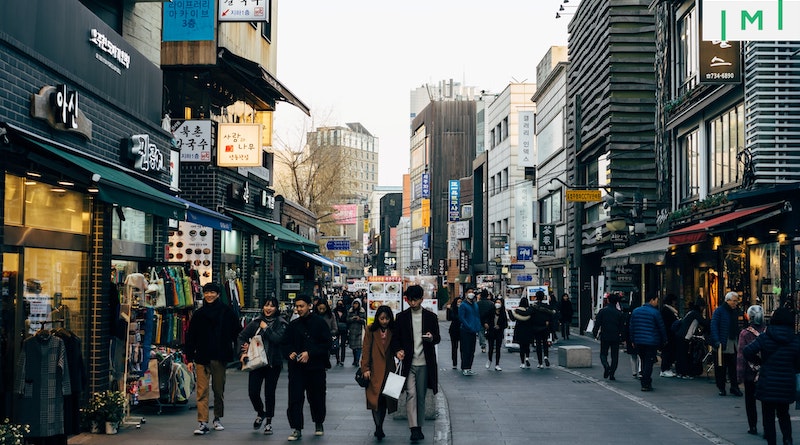South Korea Investor Visa Eyes Another Record Year as Chinese Demand Accelerates
In the first half of 2022, the latest period for which data is available, 714 main applicants received the South Korean investor visa, the strongest half-yearly result for Asia’s most popular golden visa in nearly two decades. Driving the rebound is a marked upswing in applications from mainland China; between January 1st and June 30th last year, South Korean authorities issued investor visas to 215 Chinese nationals, already about 78% of the annual total from 2021, itself a record year.
Meanwhile, demand from Japanese investors - historically the program's largest applicant nationality - appears to be slackening. Other large investor groups include Pakistanis, Indians, French, Americans, Germans, British, and Nigerians. Only two Russian nationals received investor visas in South Korea last year, both of them in the first two months of the year.
The program offers a path to permanent residency and citizenship in, respectively, five and six years in exchange for what effectively amounts to a five-year, zero-interest loan of roughly US$220,000 to a sovereign fund. The principal amount is returned without interest after five years. Those investing five times that amount are eligible for immediate permanent residency. Interestingly, the program prioritizes older applicants by allowing those over 55 years of age to qualify at a lower minimum investment than those under 55. That practice is perplexing, considering the country has the world's lowest fertility rate: 0.84 children per woman.
South Korea also features on the very short list of Asian countries with residence programs that offer a path to citizenship. Foreigners in South Korea on an investor visa are eligible for permanent residency after five years and citizenship a year later - provided they can master Korean language. The only other Asian golden-visa destinations that offer a path to citizenship are Cambodia (through either its direct citizenship program or its recently launched My Second Home program), the Philippines (through its SIRV program, but only after ten years of residency), and Taiwan (trough the Plum Blossom program, after five years and subject to mastery of Mandarin).
More on residence by investment in Asia:
- Unsung IM Programs Part 4: Philippines Special Investor Residence Permit (SIRV)
- Sri Lanka’s $75,000 Real Estate Investment-Based Long Term Residence Visa Launches
- Thailand Elite Membership Passes 20,000 – Approvals of Chinese Nearly Tripled in 2022
- Indonesia Introduces “Second Home” Program: 10-Year Visa for Those With Savings of US$129,000 or More


